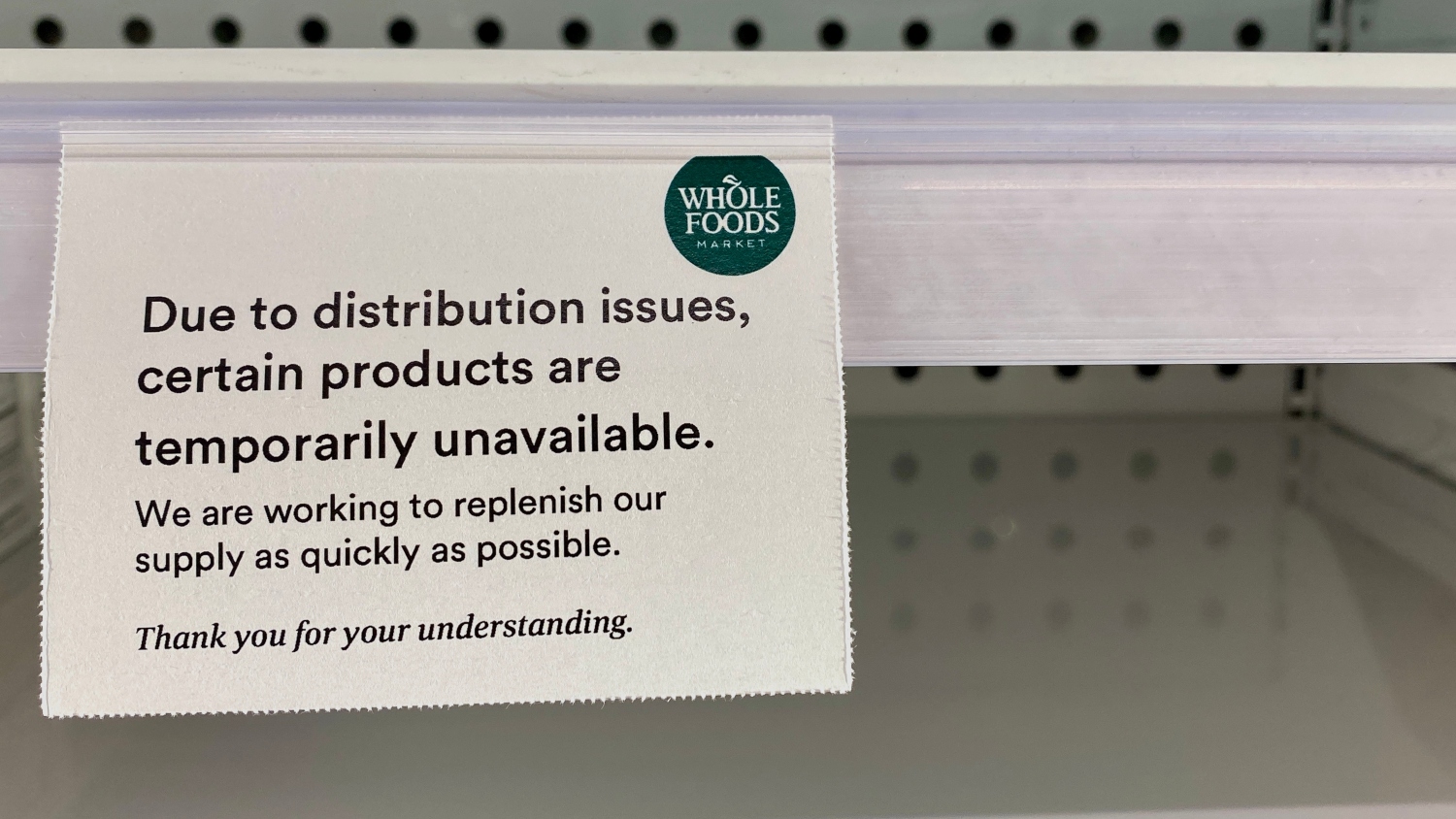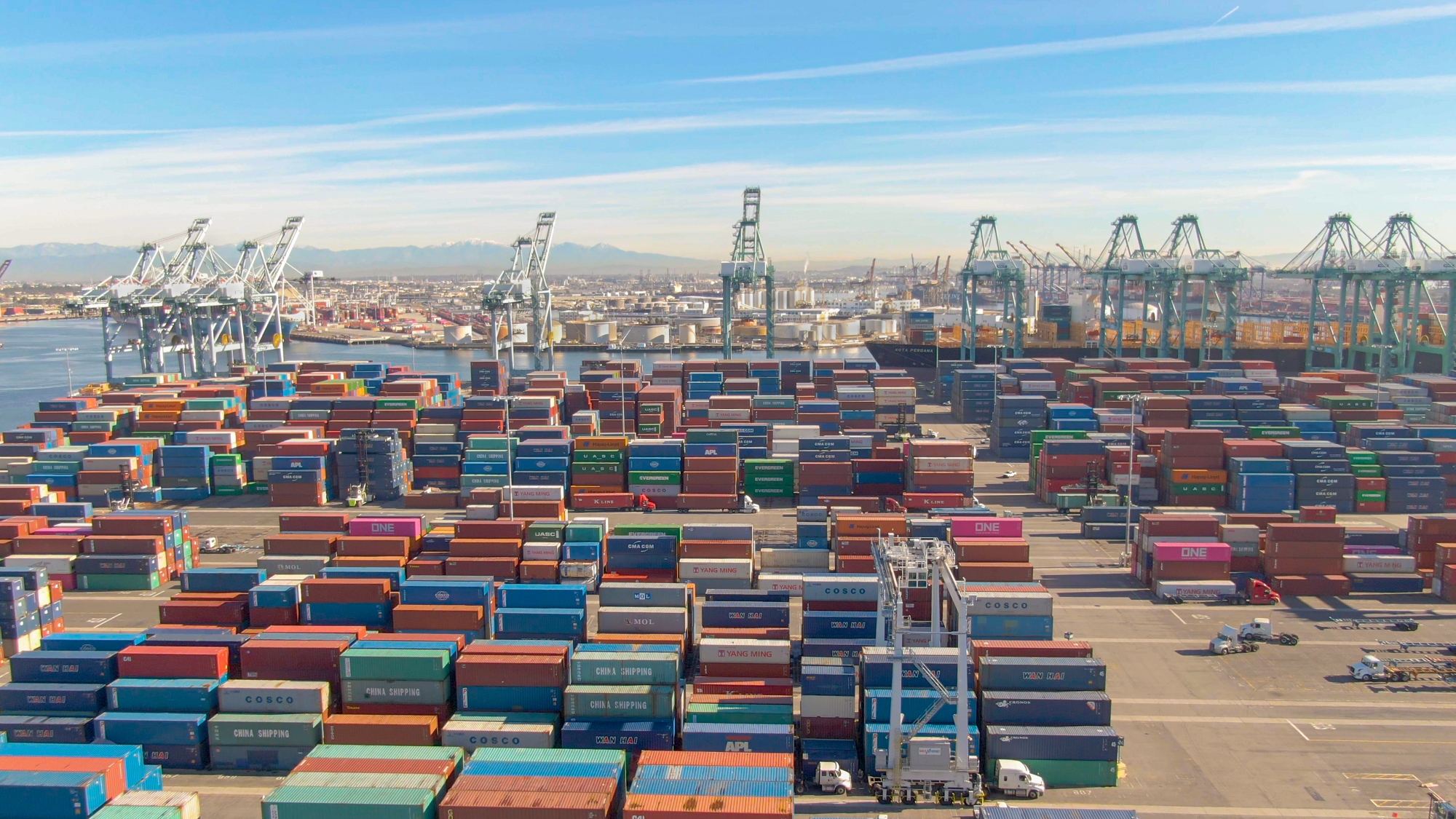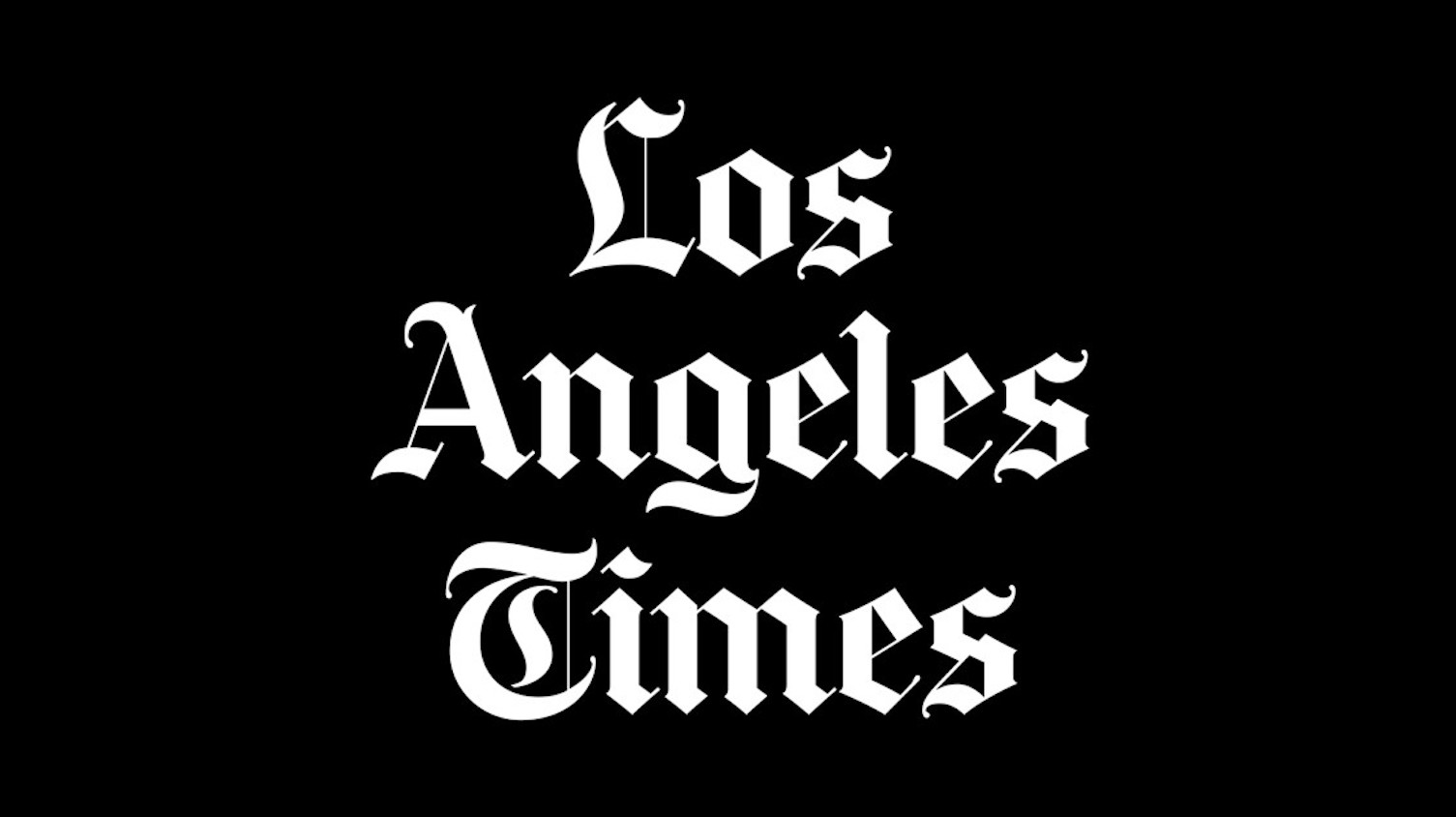Finding a Place for Logistics Management
What are 3PLs and 4PLs? Why are companies outsourcing logistics management to them?
The acronyms for Third Party Logistics (3PL) and Fourth Party Logistics (4PL) are commonly used to describe providers of outsourced logistics management functions. ‘3PL’ is a term that has been around for a while. ‘4PL’ is a newer term that has come about more recently.
What is 3PL
Third Party Logistics (3PL) is the management of logistic services beyond transportation. These logistic services may include storage, transshipment and value added services. 3PL may also involve the use of subcontractors (1). Some examples of 3PL providers include Menlo Worldwide, Ryder Logistics, Fed Ex Supply Chain, UPS Supply Chain Solutions, GATX Logistics, Exel and Schneider Logistics. Click to see Inbound Logistics’ Top 100 3PL Providers.
Why Has the 3PL Market Grown
The 3PL segment has exhibited market growth. Because the nation has been experiencing a down economy, some have said the growth of 3PLs is countercyclical. But to jump to the conclusion that the 3PL segment automatically grows when the overall economy shrinks, or vice versa, is to oversimplify the cause of the growth. Some other factors may have played a role in the growth of the 3PL market (2):
- A greater complexity in logistics management functions resulting from increased acceptance of inbound logistics practices
- Improved 3PL performance – especially at examining relationships prior to contract, leading to a higher success rate and increased willingness to outsource
- A phenomenon labeled “why buy the cow if the milk is free?” – describes the idea that many companies are turning to the 3PLs to get the latest logistics technology instead of purchasing it themselves, receiving it as part of a package, or paying a usage fee
- A phenomenon labeled “scope creep” – describes the idea that customers gradually reshape the 3PL’s mission. If handled correctly, this can lead to a high level of organic growth within the market segment
- Branching out into short-term consulting jobs
- Reselling logistics IT solutions without having 3PL contracts
What is 4PL
Fourth Party Logistics (4PL) are sometimes called “lead logistics providers.” It is the integration of all companies involved along the supply chain. It is the planning, steering and controlling of all logistic procedures by one service provider with long-term strategic objectives. In other words, the goal of 4PL is to achieve benefits beyond the one-time operating cost reductions and asset transfers that are gained from a traditional outsourcing relationship. 4PLs manage other 3PLs and sometimes the 3PLs owned by their parent companies. Examples of 4PLs include Kuchne & Nagel, Schneider Logistics, UPS Logistics, Ryder Logistics, and Vector SCM (3)
Vector SCM is a joint venture between GM and CNF, Inc. in which GM owns 20 percent. It was formed in December of 2000 and is the largest 4PL to date. CNF is compensated for its 80 percent share through a privately negotiated gain sharing formula. Vector presents GM with case studies outlining expected savings and receives their share once GM has audited and quantified the results.
Why Has the 4PL Market Grown
Factors contributing to 3PL segment growth are related to growth of the 4PL. By definition, the success of the 4PL depends on the existence of the 3PL. In order for 4PLs to exist, they must perform better than the 3PLs and their benefits must exceed any inefficiency caused by adding another level of management. However, a 4PL has a distinct advantage over a 3PL.
According to Dr. John H. Langley, University of Tennessee, the areas where 4PLs are generally expected to be more competent than 3PLs are as follows:
- Managing the activities of more than one 3PL – There are both operational and strategic elements to this
- Managing the availability and utilization of knowledge – This is similar to the way a legal counsel would make a business person aware of the latest legal developments impacting the business
- Managing information technology
3PL’s success factor no. 4, labeled “scope creep phenomenon,” has paved the way for the 4PL. The breadth of the 4PL’s scope is such that Biondo’s idea should be rephrased to reflect the fact that the expectations companies have of the provider are now more in-line with the capabilities of the 4PL.
References:
(1) Hoffman, Kurt. August, 2000. Just What is 4PL Anyway? SupplyChainBrain.com
(2) Biondo, Keith. July, 2002. Strange But True. Inbound Logistics.com.
(3) Ambruster, William. June, 2002. 4PL. JoC WEEK.
- Categories:


